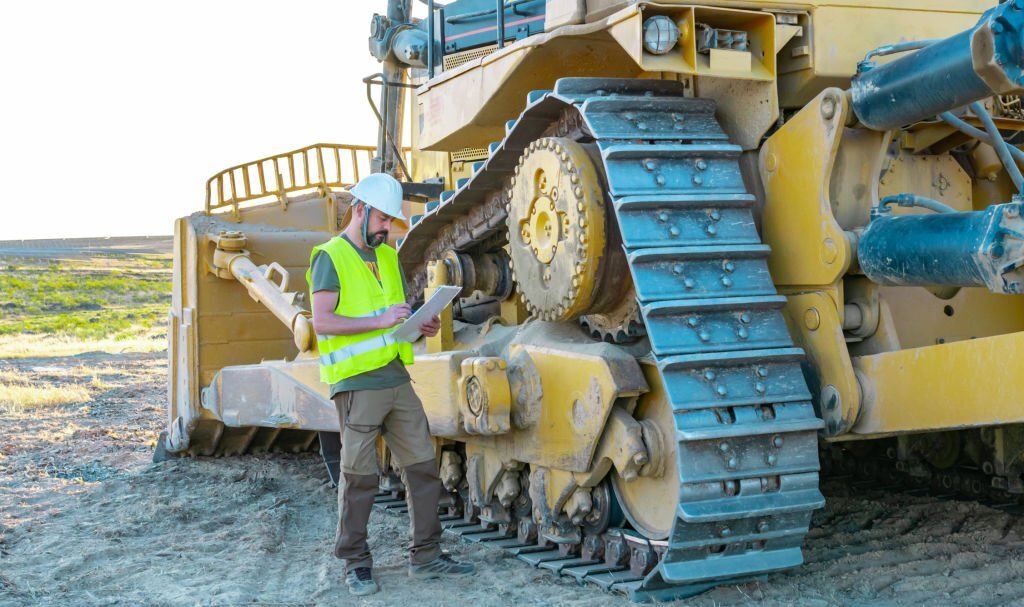
In the fast-paced world of industrial settings, efficiency is paramount. From manufacturing plants to distribution centers, organizations are constantly seeking ways to streamline operations, boost productivity, and optimize workflows. One crucial factor in achieving these goals is the effective utilization of material handling equipment. These powerful tools not only simplify the movement, storage, and protection of goods but also significantly enhance overall efficiency. By automating processes, reducing manual labor, and improving logistics, material-handling equipment revolutionizes the way industries operate. This article explores the key benefits of material handling equipment in industrial settings and delves into the various types of equipment that empower businesses to achieve remarkable efficiency and productivity gains.
I. The Importance of Material Handling Equipment
Efficient material handling is the backbone of any successful industrial operation. Whether it involves managing raw materials, transporting goods within a facility, or delivering finished products to customers, the smooth flow of materials is crucial. Material handling equipment plays a pivotal role in achieving these objectives by providing a range of advantages that significantly improve efficiency.
A. Streamlining Operations: Material handling equipment streamlines operations by reducing manual labor and minimizing human error. Tasks that would otherwise be time-consuming and labor-intensive, such as lifting heavy loads, become effortless with the aid of specialized equipment like forklifts, pallet jacks, and conveyor systems. By automating these processes, businesses can optimize their workforce, allocate resources efficiently, and focus on more value-added activities.
B. Optimizing Workflows: Efficient workflows are essential for seamless production and timely order fulfillment. Material handling equipment helps optimize workflows by ensuring the right materials are available at the right time and place. With the aid of equipment such as automated storage and retrieval systems (AS/RS) and robotic systems, inventory management becomes precise and accurate, reducing delays, minimizing downtime, and maximizing throughput.
C. Enhancing Safety: Safety is paramount in any industrial setting. Material handling equipment is designed to improve workplace safety by reducing the risk of accidents and injuries. For instance, powered industrial trucks equipped with advanced safety features provide stability, visibility, and operator protection, minimizing the chances of mishaps. Additionally, equipment like conveyors and lift tables enable proper ergonomics, reducing strain and fatigue among workers.
II. Types of Material Handling Equipment :
Material handling equipment encompasses a vast array of tools and machinery, each designed to tackle specific tasks and challenges. Understanding the different types of equipment available can help businesses identify the most suitable solutions for their unique operational requirements. Here are some key categories of material handling equipment:
A. Forklifts and Industrial Trucks: Forklifts and industrial trucks are versatile workhorses in material handling. They are capable of lifting and transporting heavy loads, pallets, and containers, making them indispensable in warehouses and distribution centers. With variations such as reach trucks, order pickers, and narrow-aisle trucks, businesses can choose the right type of forklift to match their operational needs.
B. Conveyor Systems: Conveyor systems efficiently move materials from one point to another, eliminating the need for manual transportation. These systems can be customized to accommodate different types of products, sizes, and weights. Conveyor belts, roller conveyors, and overhead conveyors are some common types used in industries ranging from food processing to automotive manufacturing.
C. Automated Storage and Retrieval Systems (AS/RS): AS/RS utilizes advanced robotics and computer-controlled systems to automate the storage and retrieval of goods. By maximizing vertical space and minimizing human intervention, AS/RS optimizes storage capacity, enhances order-picking accuracy, and expedites inventory rotation. This technology is particularly useful in large warehouses with high storage requirements.
D. Cranes and Hoists: Cranes and hoists are essential for lifting and moving heavy objects in industrial settings. From overhead cranes used in manufacturing plants to jib cranes employed in smaller workstations, these equipment types enable efficient material handling in diverse applications. They provide precision, control, and flexibility when dealing with large, cumbersome loads.
E. Palletizing and Packaging Equipment: Palletizing and packaging equipment automates the process of preparing goods for shipment. These machines can stack, wrap, label, and seal products with speed and accuracy. By eliminating manual packaging tasks, businesses can expedite order fulfillment, reduce labor costs, and enhance the overall efficiency of their logistics operations.
F. Robotics and Automated Guided Vehicles (AGVs): Robotic systems and AGVs have revolutionized material handling by providing autonomous solutions. These intelligent machines can navigate through facilities, transport materials, and perform various tasks with minimal human intervention. They offer unparalleled precision, efficiency, and adaptability, enabling industries to optimize their operations for maximum productivity.
Conclusion :
Material handling equipment is a game-changer in industrial settings, empowering businesses to achieve remarkable efficiency and productivity gains. By streamlining operations, optimizing workflows, and enhancing safety, this equipment revolutionizes the way materials are handled, stored, and transported. The various types of equipment, including forklifts, conveyor systems, AS/RS, cranes, palletizing and packaging equipment, and robotics, provide tailored solutions to meet specific operational needs.
Investing in material handling equipment not only improves efficiency but also offers a competitive edge in a rapidly evolving market. With streamlined processes, optimized logistics, and enhanced productivity, businesses can meet customer demands more effectively, reduce costs, and stay ahead of the competition. It is imperative for industries to stay abreast of the latest advancements in material handling technology and embrace the tools that best align with their unique requirements.
In the dynamic landscape of industrial operations, material handling equipment is an indispensable asset that paves the way for greater efficiency, profitability, and success.

